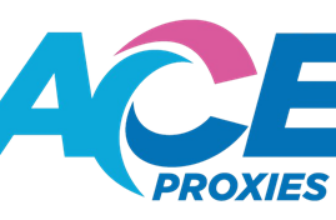
The Spiral Model: IT Project Management Solutions
[ad_1]
The Spiral Model is the neo approach in IT project system development and was originally devised by Barry W. Boehm through his article published in 1985 "A Spiral Model of Software Development and Enhancement" .
This model of development unites the features of the prototyping model with an iterative approach of system development; combining elements of design and prototyping-in-stages. This model is an effort to combine the advantages of top-down and bottom-up concepts highly preferential for large, exclusive, volatile, and complex projects.
The term "spiral" is used to describe the process that is followed in this model, as the development of the system takes place, the mechanisms go back several times over to earlier sequences, over and over again, circulating like a spiral.
The spiral model represents the evolutionary approach of IT project system development and carries the same activities over a number of cycles in order to elucidate system requirements and its solutions.
Similar to the waterfall model, the spiral model has sequential cycles / stages, with each stage having to be completed before moving on to next.
The prime difference between the waterfall model and the spiral model is that the project system development cycle moves towards eventual completion in both the models but in the spiral model the cycles go back several times over to earlier stages in a repetitive sequence.
Progress Cycles, IT Project Management Solutions
For Image: The Spiral Model
The progress cycle of this model is divided into four quadrants, and each quadrant with a different purpose;
Determining Objectives (I) —————– Evaluating Alternatives (II)
************************************************** ***********
Planning Next Phase (III) ——————– Planning Next Phase (IV)
First Quadrant (I): the top left quadrant determines and identifies the project objectives, alternatives, and constrains of the project. Similar to the system conception stage in the Waterfall Model, here objectives are determined with identifying possible obstacles and weighting alternative approaches.
Second Quadrant (II): the top right quadrant determines the different alternatives of the project risk analysis, and evaluates their task with each alternative eventually resolving them. Probable alternatives are inspected and associated risks are recognized. Resolutions of the project risks are evaluated, and prototyping is used wherever necessary.
Third Quadrant (III): the bottom right quadrant develops the system and this quadrant corresponds to the waterfall model with detailed requirements determined for the project.
Fourth Quadrant (IV): the bottom left quadrant plans the next phase development process, providing opportunity to analyze the results and feedback.
In each phase, it begins with a system design and terminates with the client reviewing the progress through prototyping.
The major advantage of the spiral model over the waterfall model is the advance approach on setting project objectives, project risk management and project planning into the overall development cycle. Additionally, another significant advantage is, the user can be given some of the functionality before the entire system is completed.
The spiral model addresses complexity of predetermined system performance by providing an iterative approach to system development, repeating the same activities in order to clarify the problem and provide an accurate classification of the requirement within the bounds of multiple constraints.
[ad_2]
Source by Bharat Bista



